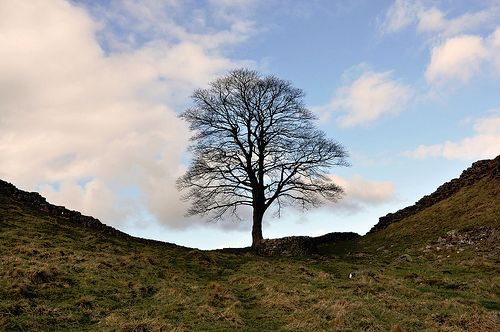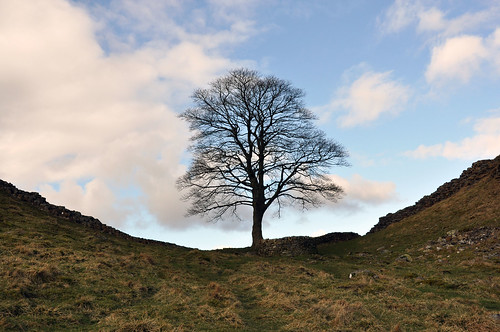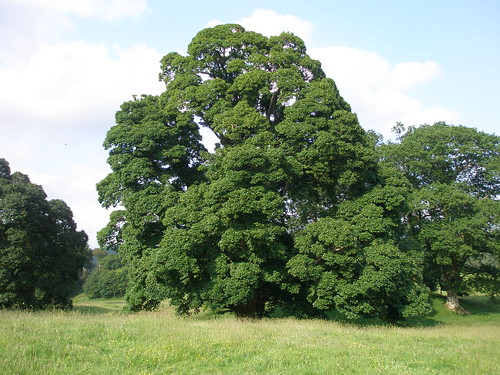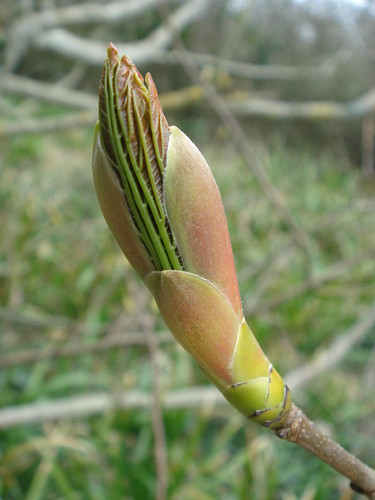
Sycamore – Root and Branch Review
The Sycamore is a picturesque tree the largest member of the European maples. It is one of the most common trees in the northern temperate zones enjoying exposed situations in most types of soil.
Key Features of the Sycamore
- Latin name – Acer pseudoplantanus – other common names; False plane-tree, Scottish maple, or mock-plane.
- Height – 120-140 feet
- Type of tree – Deciduous
- Leaves – Grey palmate leaves with 5 toothed lobes
- Flowers – Borne in pendulous clusters, green insignificant
- Fruit – Winged keys in pairs.
- Bark – Grey-pink
- Family – Aceracea
Origins and Distribution of the Sycamore
- Western Europe and Northern temperate zones.
- Colonises open ground with some success.
Uses and Attributes of the Sycamore
- Strong creamy white timber is not durable outdoors.
- Sycamore is used for flooring, furniture making and joinery.
Gardeners Tips for the Sycamore
- The seeds are held in pairs with wings that allow the seed to spin and ‘helicopter’ down some distance from the aprent tree.
- Leaves can attract a fungus that leaves the leaves with unsightly black or red spots .
- The mature trees have a large canopy and are not suitable for small gardens.
Other types of Sycamore and key species
- Sycamores are not to be confused with Plane trees the ‘American Sycamore’ Platanus occidentalis, Platanus racemosa or Platanus wrightii the Arizona sycamore nor with Ficus sycomorus a fig.
- Atropurpureum has purple undersides to the leaf and ‘Brilliantissimum’ is a cultivar notable for the bright salmon-pink colour of the young foliage.
Sycamore comments from elsewhere
- Sycamore was the favoured wood for making ‘love spoons’ in Wales. These wedding gifts are linked with rings and were traditionally made from a single peice of wood.
- The Drumlanrig Sycamore is reputed to be the UK’s tallest sycamore.It dates back to the 18th Century and is one of the largest girth and spread in Britain. It is one of Scotland’s top 100 Heritage Trees.
Read about our series on British tree reviews with a bakers dozen fact sheets
Credits
The Drumlanrig Sycamore by I like CC BY-NC-ND 2.0
Sycamore Gap – Hadrian’s Wall by El Villano CC BY-NC-SA 2.0
Sycamore in Bud by Durlston Country Park CC BY-NC-SA 2.0
Sycamore Gap by Jonathan_W CC BY-NC-ND 2.0 ‘Sycamore Gap is where they filmed on of the opening scenes in “Robin Hood Price of Thieves”




One thought on “Sycamore – Root and Branch Review”
Comments are closed.